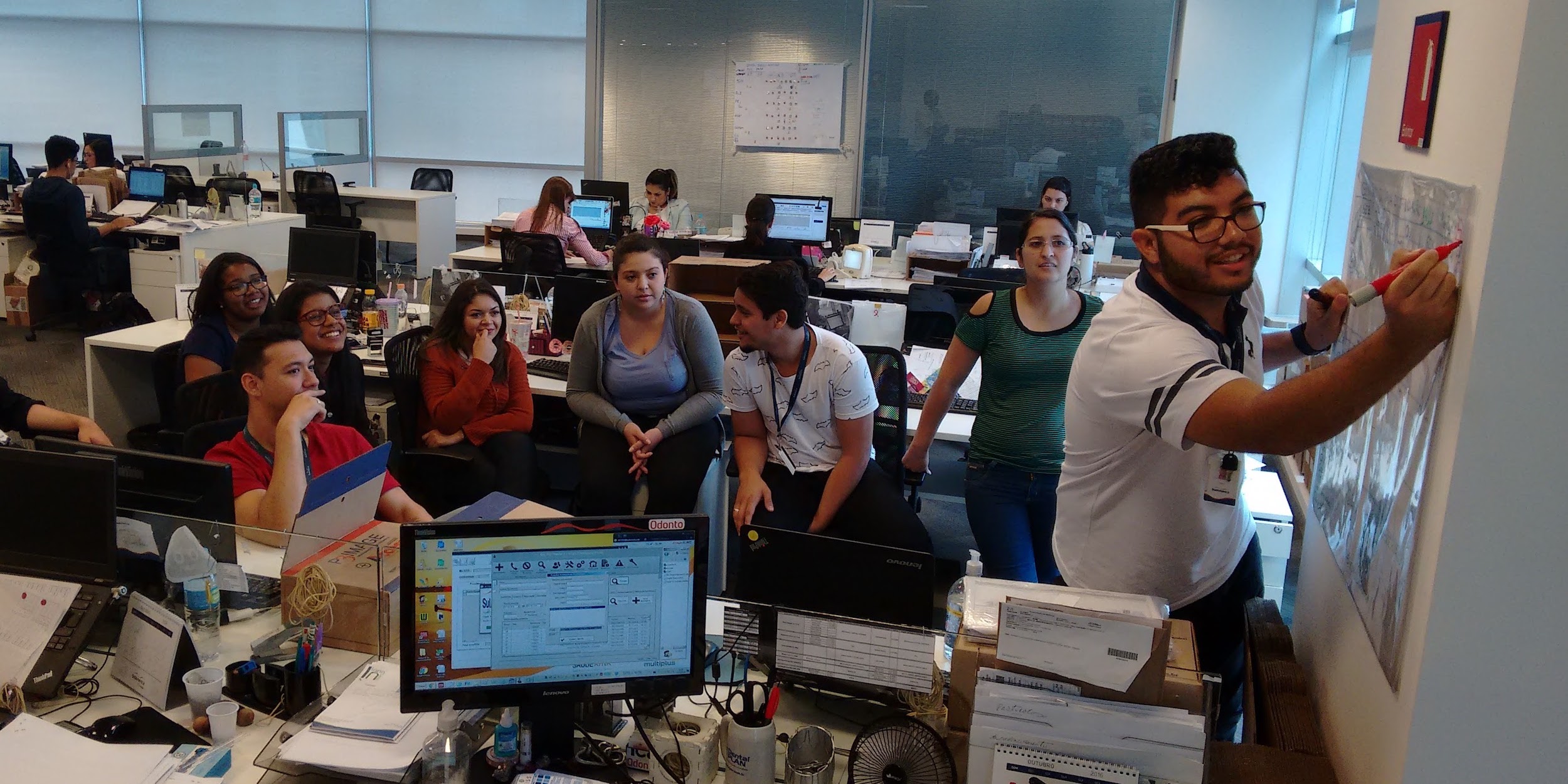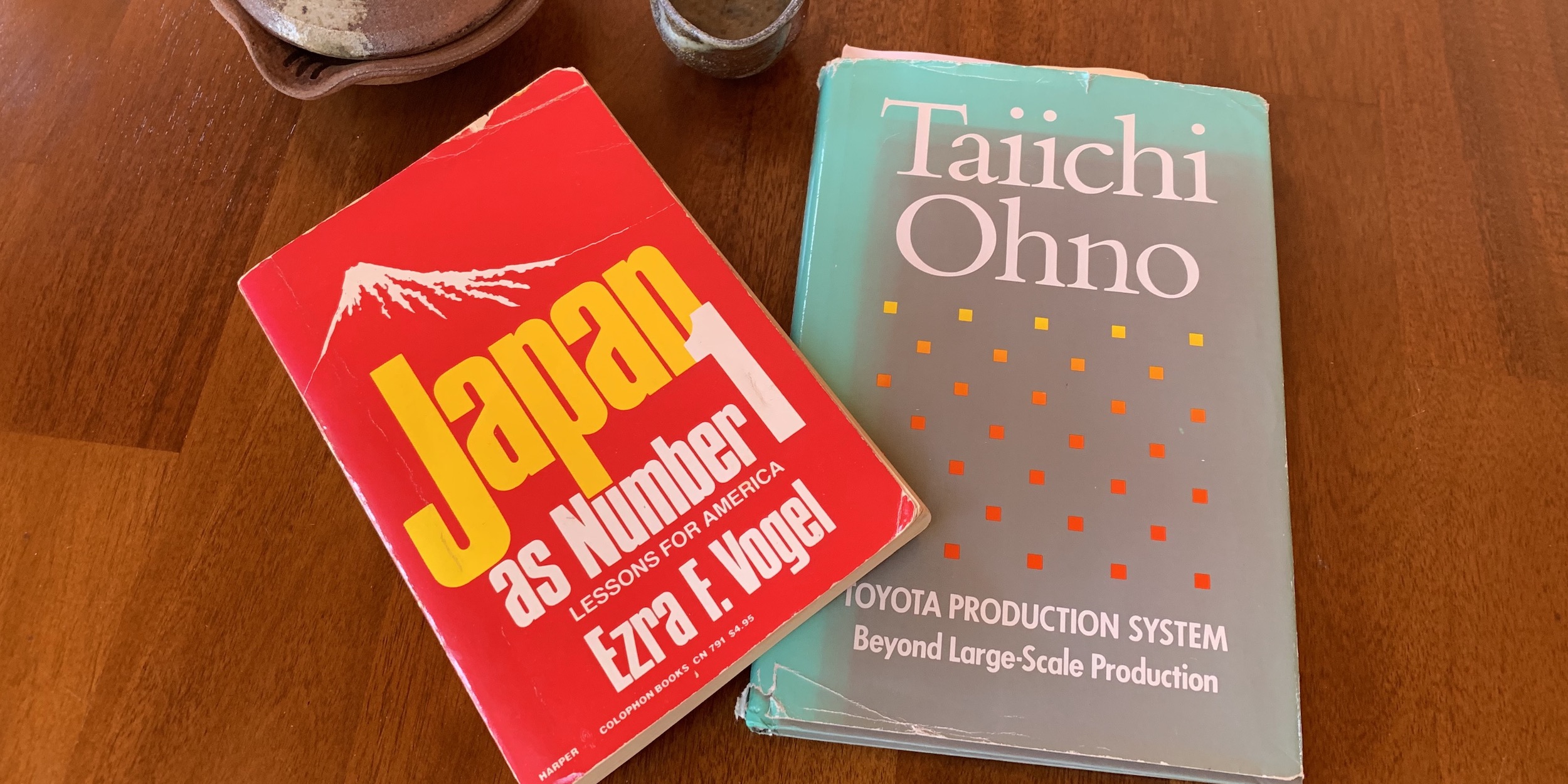
Extracting waste from our process
CASE STUDY – In a Brazilian insurance company, a team worked hard to streamline the revision of dental claims – a great example of Lean Thinking in an administrative process.
Words: Rodnei Yogui, Dental Superintendent, SulAmérica – São Paulo, Brazil
The dental insurance market, though smaller than the health insurance market, represents a great opportunity in Brazil and for SulAmérica. In October 2019, only 13.2% of Brazilian people had dental insurance, compared with 24.3% covered by health insurance.
Even though this market is heavily regulated here in Brazil, the company saw an attractive investment opportunity and decided to pursue it. Today, SulAmérica provides dental care insurance to more than 1.2 million people.
Our department oversees the review of claims coming from our dental health providers and repays them for the procedures they carry out. We receive the claims in two batches per month (we pay out twice a month, too), with all the treatments and procedures each dentist has performed on all clients in the previous billing period. Our team of in-house dentists then reviews the claims and, if it all adds up, they authorize the payment.
When we began to sell more dental insurance, the number of beneficiaries and procedures grew significantly. However, our team of in-house dentists stayed the same. As a consequence, they became overwhelmed with work.
They would work on weekends and after hours, just to try and clear out the ever-growing backlog of patients. It was a capacity issue that we didn’t know how to solve, until someone suggested we tried lean thinking, which was already being introduced across the business.
We invited everyone engaged in the process (from the regulation team to those responsible for the relationship with providers) to a meeting to discuss how lean could apply to this problem. It was clear that, upon hearing there was not going to be an IT solution, many of them wanted to run out of the room. They didn’t believe it’d be possible to solve these problems without IT.
The first thing we did was going on a gemba walk to follow the claims from the moment they are delivered to SulAmérica. What we learned was that, even though the batches weren’t huge, there was a lot of room for improvement. The main problem seemed to be the waiting time and the time wasted at different stages in the process. When we received the documents, they would typically just sit there for 20 days before we started to process them.
First, the claim documents received must be organized and the data typed into the system (this happens manually, and there are many documents – which often includes dental radiographs and reports). This used to take between 10 and 15 days for each batch. Secondly, it would take anywhere between 15 and 20 days for our in-house dentists to review the claims (this entails verifying the client’s plan to ensure the procedure is covered, clinical consistency and make sure there is no fraud, and so on). Finally, there was a 45- to 60-day wait for the payment to be processed. Needless to say, it wasn’t a good situation for us.
Our analysis revealed several problems with the process, from rework to lack of standards, from delays to waste of resources. We found out there were too many handoffs, for example, and that there were so many claims to review that the in-house dentists began to measure the amount of work they had to sort through using a ruler (in case you are wondering, each of them could go through six centimeters worth of claims each day, on average).
We also learned that information wasn’t always been conveyed in the most efficient of ways: for instance, whenever they saw a problem with a claim, the in-house dentists would write long emails full of technical details that the people in charge of payment didn’t really need to know about (as a result, they never even read it).
At times, the root causes of the problems we experienced were surprising. For instance, our payments would go out twice a month, but not on the 15th and the 30th (that is, every two weeks). Instead, they happened on the 10th and on the 20th, which resulted in one batch always being bigger than the other. We later discovered that the 10th – 20th organization of payments was actually an exception, negotiated with one client, that had somehow been applied to all payments. It seems crazy, but until you stop and look at the work you will miss a lot of these details.
Another example of a clerical error? The claim was stamped upon receipt, but it turned out that, on the day of our deadline, we received claims after the team tasks with sorting through the correspondence had gone home. This means that a bunch of claims ended up being stamped the following day, automatically becoming part of the next batch of payments (a two- to three-week delay for the provider). This problem could only be discovered by going to the gemba.

We engaged in a lot of experiments to streamline the process and tried many different things. We brought change to each step in the process. For example, we introduced a “triage” system to better organize the claims. Whereas previously this team simply passed on the piles of claims, now they organize them and coordinate with the in-house dentists to better understand their portfolio and segment and prioritize the work accordingly. This, of course, made the digitalization of data much easier. Additionally, we introduced a daily meeting to discuss the amount of work to be done each day and raise any problems we might encounter. Besides, a spreadsheet was created to calculate goals and time frames.
Once the information is digitalized, we either return a claim to the provider (in the case of missing information, for example) or send it to the in-house dentists for review. Before the claims reach that team, we now screen them to identify potential suspicious cases (fraud is very common in our world). The review process itself has been transformed, with priority now given to suspicious cases and claims coming from our “critical” providers (the 20% responsible for 80% of our revenue).
Visual management helps us immensely as we try to ensure that each step in the process happens when it is supposed to. For example, people can now see right away when the upstream process is complete – which tells them they can start their work. One of my favorite visual cues is the drawing of a tooth (see image below) that we use to signal the supervisor that someone is having a problem: before we introduced lean thinking, people used to interrupt the work and go stand in line to talk to the supervisor, whereas now they can continue to work and wait for help to come to them. We call this our “gemba walk”.

As I look back and reflect on this project, the most striking thing for me is how simple a lot of the solutions were. Lean doesn’t have to be complicated! Interestingly, this was the first process that was transformed by one of our lean team members. This was the first example of how empowered we have become thanks to lean thinking and the million different experiments we ran. We always discussed and then tried something different the following day.
At the time, the in-house dentists could review 5,000 claims per month. They were looking to get to 7,000, but they were eventually able to reach 13,000. Since then, thanks to the segmentation, they have scaled back to 10,000 after realizing they were performing a large number of unnecessary audits.
Before lean thinking, we didn’t have the time to improve processes or to develop the capabilities of the team, whereas now we have a monthly meeting dedicated to discussing the problems we encounter and make decisions on how to solve them, together. The amount of overtime has dropped, too. More importantly, we now have a team who is fully engaged in continuous improvement.
Read more about SulAmérica’s lean journey here
THE AUTHOR

Read more


FEATURE – John Shook remembers the work of Ezra Vogel and Norman Bodek and discusses how, in their own way, each of their contributions help us to understand the Toyota Production System.


INTERVIEW – We are used to thinking of A3s mainly as a tool for problem solving. In this Q&A, you will learn about the experience of a San Francisco hospital using it for personal development.


FEATURE – When faced with a crisis, like the current one, it is natural to wonder, “Why bother?”. Yet, this is when we most need a growth mindset and a framework like lean thinking to figure out a way forward.


INTERVIEW - In our search for the perfect solution, we often seem to ignore the user's needs. Jeff Gothelf explains why this is nonsense and what lies at the heart of the Lean UX software development methodology.

